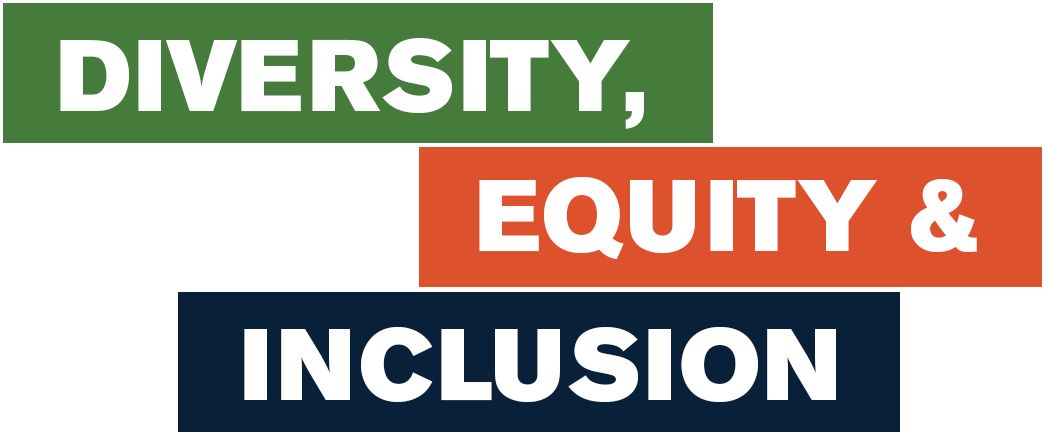
Here at Tuck, we’re committed to fostering a safe and inclusive environment for our students and community members to grow and succeed—one built on trust that encourages open and honest dialogue, reflection and empathy, and deep connections. We hope these resources are helpful as you embark on your journey.
These resources will continue to grow and evolve—if you have a specific recommendation, contact Tuck.Diversity.Equity.Inclusion@tuck.dartmouth.edu.
At Tuck, students strive to connect and build trust with their classmates and the community. These ground rules help provide the safety of structure so you can be yourself while learning and teaching with others. It is impossible to learn without engaging with those who think differently. Discomfort is a part of intellectual growth.
Get involved on campus by exploring our roadmap of inclusive leadership development opportunities available during your two years at Tuck. These opportunities represent a sampling of ways to get involved at Tuck and will continue to evolve.
Next50 is a student-led organization and Fellowship program advocating for more diverse case protagonists in MBA curricula. It was founded in October 2020 by a small group of female Tuck students eager to see a more diverse set of leadership voices showcased in the classroom
Tuck MHWI acts as an advocate for mental health and wellness resources for the community and helps advance a culture of mental health awareness for a stronger Tuck Fabric. Start the conversation by reaching out to Tuck Mental Health & Wellness Initiative at tuck.mhwi@tuck.dartmouth.edu.